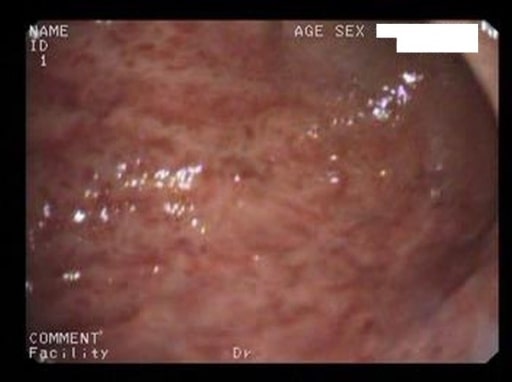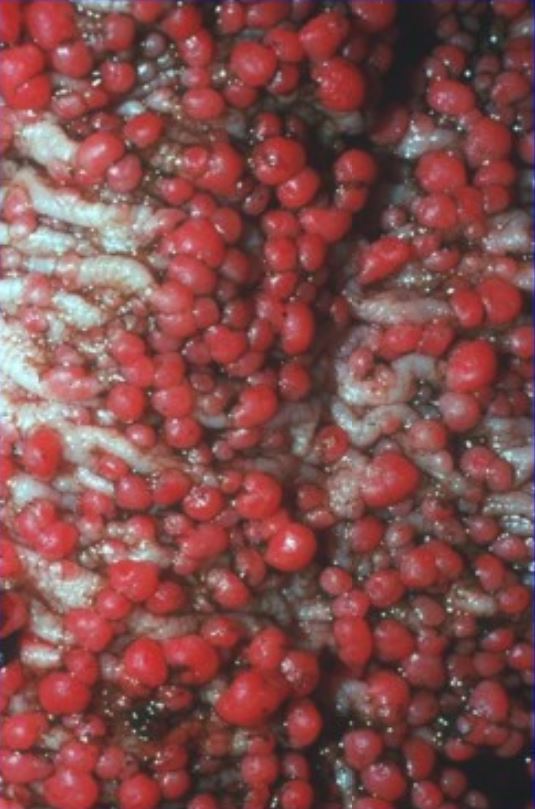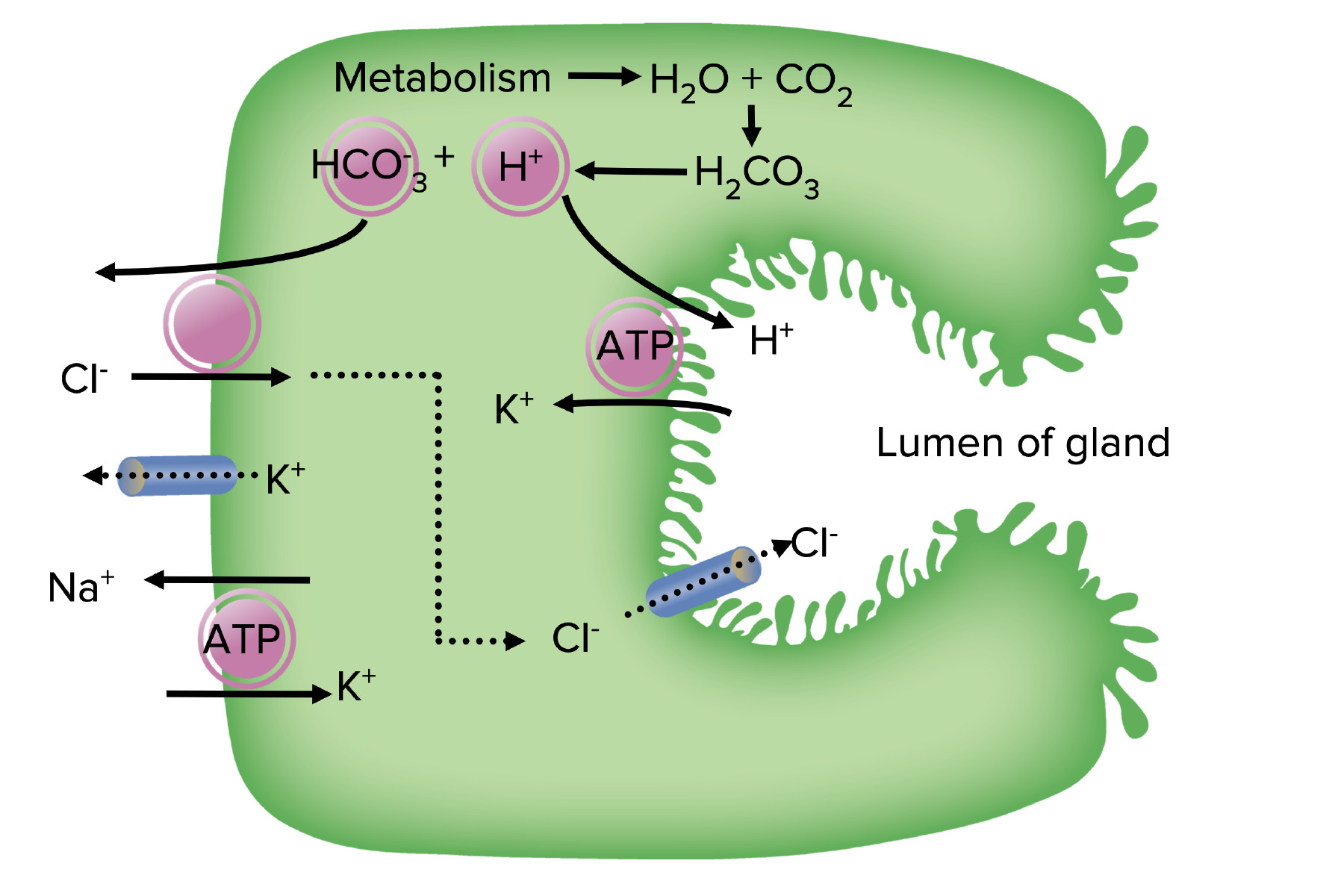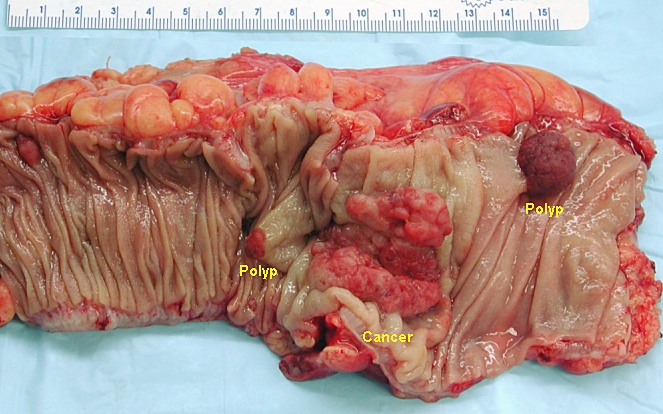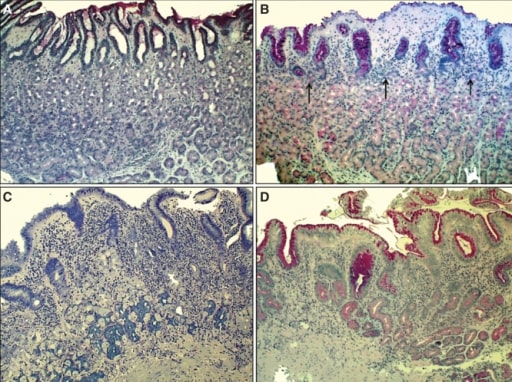Playlist
Show Playlist
Hide Playlist
Gastric Polyps
-
Slides Stomach and Duodenum.pdf
-
Download Lecture Overview
00:00 Let's talk about gastric polyps. Histologically divided as hyperplastic polyp associated with adjacent injury, Adenomatous polyp associated with atrophic gastritis. Adenomatous polyp considered pre−malignant. Any time that you have a polyp, you never leave it behind. Same concept applies to your colonic polyps. When we do our colonic polyps, we’ll be doing our tubular and our villous. The tubular has less of a chance of going on to malignancy but it still could, and you never leave a polyp behind. Here, the same concept. 00:42 Hyperplastic and fundic polyps are not pre−malignant. Hyperplastic and fundic polyps, not so much. 00:51 The adenomatous polyps, however, more so. But in general, you always remove a polyp.
About the Lecture
The lecture Gastric Polyps by Carlo Raj, MD is from the course Stomach and Duodenum Diseases: Basic Principles with Carlo Raj.
Included Quiz Questions
A 52-year-old man comes to the physician's office for a regular checkup. He feels healthy and has not seen a doctor in years. A diagnostic colonoscopy is performed and shows a polyp of about 2.2 cm in size. What is the NEXT step in the management of this patient?
- Perform a biopsy and then a resection.
- No further treatment is required.
- Test for Helicobacter pylori infection.
- Take further history in regard to colon cancer in the family.
- Perform an endoscopy.
A 65-year-old woman with a family history of colon cancer comes to the clinic for a colonoscopy. The colonoscopy reveals multiple hyperplastic polyps in her colon. What advice should you provide about the polyps?
- "They are not associated with carcinoma, but we could do a preventive excision."
- "They are associated with gastric adenocarcinoma."
- "They are premalignant."
- "They cause peptic ulcer disease."
- "They can lead to atrophic gastritis."
Customer reviews
5,0 of 5 stars
| 5 Stars |
|
1 |
| 4 Stars |
|
0 |
| 3 Stars |
|
0 |
| 2 Stars |
|
0 |
| 1 Star |
|
0 |
Thank you so much for the lectures. This is pretty thorough and easy to understand.

